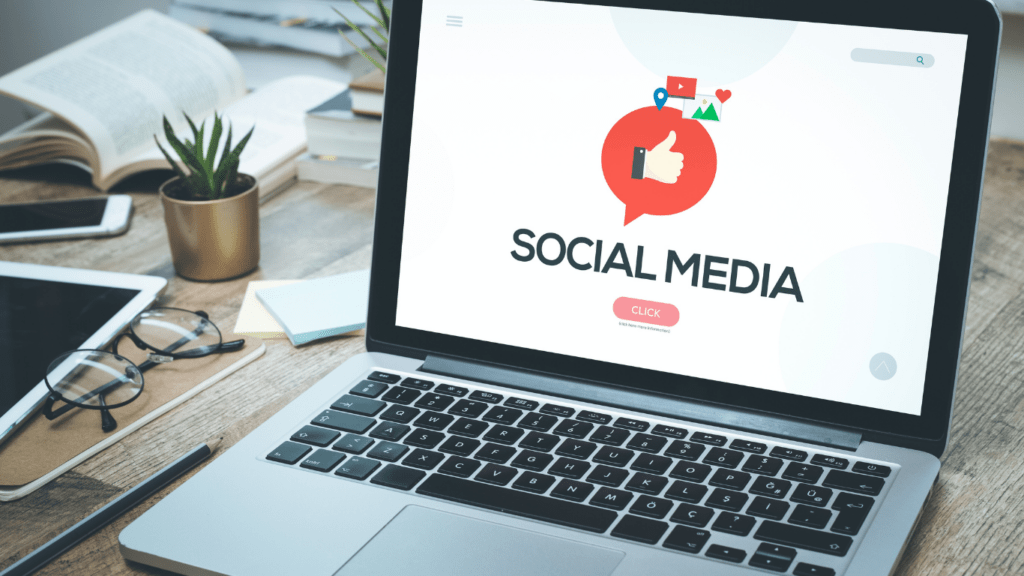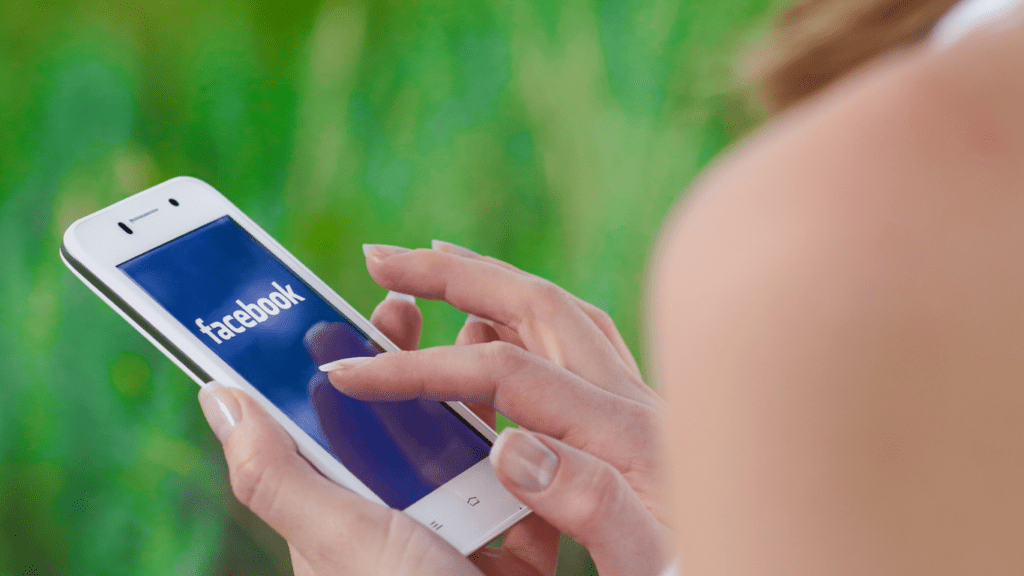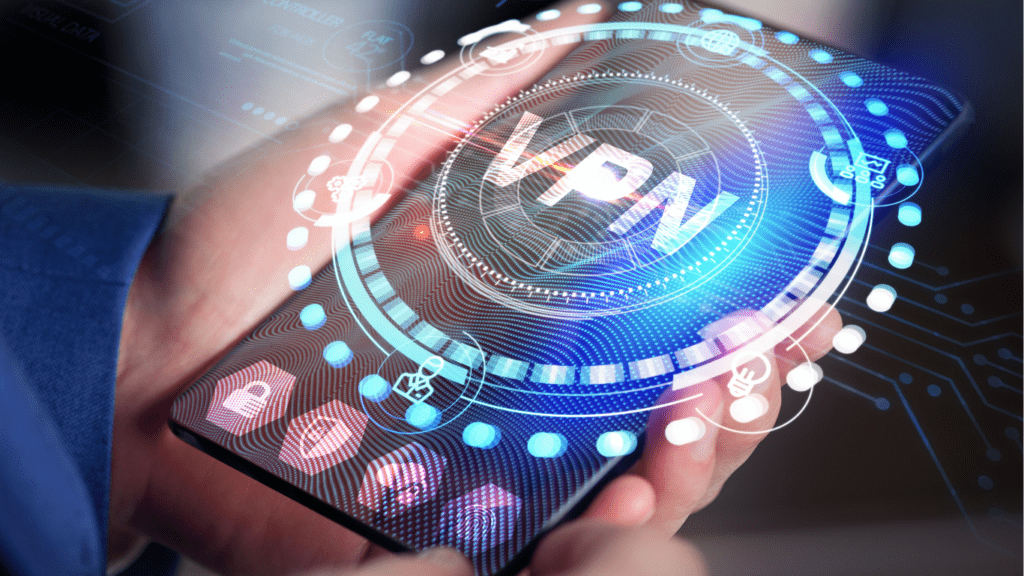Understanding Social Media Privacy
Social media privacy refers to the control you have over how your personal information, content, and interactions are accessed and shared. Platforms store vast amounts of data, including your friends list, past activities, locations, and even preferences.
Privacy settings determine who can see your posts, profile details, and messages. Properly managing these settings limits unauthorized access. For example, switching your account from public to private restricts content visibility to approved followers.
Data collection plays a significant role in privacy concerns. Social media platforms gather data for targeted ads and personalized experiences. Limiting permissions for apps and third-party connections reduces this exposure.
Oversharing increases the risk of being targeted. Even harmless updates, like travel plans or location tags, could provide clues to potential intruders.
Understanding platform-specific options is essential, as each network offers unique controls. Facebook, for instance, has granular privacy tools, while Instagram and Snapchat prioritize user-friendly, simplified settings.
Common Privacy Risks on Social Media
Social media platforms expose users to various privacy risks. Understanding these risks can help me better protect my personal information and maintain my security online.
Data Breaches and Unauthorized Access
Social media platforms store vast amounts of data, including:
- email addresses
- dates of birth
- login credentials
Cybercriminals exploit vulnerabilities in these platforms to gain unauthorized access to user accounts, often during data breaches. For example, the Facebook data breach in 2019 exposed personal data of over 530 million users. If I reuse passwords or neglect two-factor authentication, my account becomes more vulnerable to hackers.
Tracking and Profiling by Third Parties
Third-party entities, such as advertisers and data brokers, track user activity to create detailed behavioral profiles. These profiles, built from browsing habits, location data, and interaction history, are used for targeted advertising and sold to other organizations. For instance, if I visit websites or apps logged into my social media account, tracking pixels can collect and share my activity with those platforms for profiling purposes.
Oversharing Personal Information
Sharing excessive personal details, such as home addresses, travel plans, or photographs of important documents, increases vulnerability to identity theft and stalking. For example, if I frequently post geotagged updates about my location, malicious entities could exploit that information. Reviewing the information I share and limiting it to necessary and non-sensitive content helps mitigate these risks.
Steps to Lock Down Your Social Media Accounts
Securing social media accounts enhances privacy and reduces exposure to potential risks. Follow these actionable steps to protect your digital presence effectively.
Adjusting Privacy Settings
Reviewing privacy settings lets me control who can view my content and interact with me. On platforms like Facebook, I change my account status to “Private” to limit visibility to approved friends. For Instagram and Twitter, I enable similar settings for greater control. I also customize audience preferences for posts and Stories, ensuring I share content only with selected individuals.
Managing App Permissions
Restricting app permissions reduces unnecessary access to my data. I often check permissions granted to third-party apps linked to my accounts in the settings section of platforms like Google or Facebook. For apps I no longer use, I remove their access. I verify what apps can retrieve, such as contacts or login details, and I disable permissions that seem excessive or unrelated to their function.
Using Strong Passwords and Two-Factor Authentication
Creating strong passwords keeps my accounts safe from unauthorized access. I use at least 12 characters, including uppercase letters, lowercase letters, numbers, and symbols, for increased complexity. Unique passwords are essential for preventing compromises across multiple accounts. Enabling two-factor authentication (2FA) adds an additional verification step, like a code sent to my phone, making it even harder for intruders to gain access.
Avoiding Suspicious Links and Phishing Scams
I avoid clicking on unknown or suspicious links, especially in messages or emails. Phishing scams often appear legitimate, like a request to verify my account or update my login details. Identifying red flags, such as unverified senders and grammatical errors, helps me avoid falling victim. I visit platforms directly by typing the URL instead of following emailed links to ensure I interact with authentic sources.
Platform-Specific Privacy Tips
Each social media platform has unique privacy features that help users secure their accounts. Here’s how I manage mine and protect my personal information across various platforms.
Facebook

I adjust my Facebook privacy settings to control who sees my posts and profile details. In the “Privacy Checkup” tool, I ensure only friends can view my shared content and limit visibility for older posts. Reviewing the “Apps and Websites” section lets me revoke permissions for third-party apps I no longer use. I also enable two-factor authentication (2FA) for added security.
I switch my Instagram account to private in the “Privacy” tab, so only approved followers can see my posts and stories. Restricting who can comment and message me prevents spam and unwanted interactions. In the “Activity Status” section, I disable my online activity visibility to stay more anonymous. Activating 2FA protects me from unauthorized logins.
On Twitter, I protect my tweets, ensuring only approved followers can engage with my content. I review the “Privacy and Safety” settings to disable location tagging and restrict direct messages to people I follow. Managing the “Discoverability” options hides my profile from phone number and email searches. For extra security, I enable 2FA.
I customize my LinkedIn profile visibility under “Settings & Privacy,” restricting access to my connections or a broader audience, depending on the section. I limit data sharing with third-party apps in the “Permitted Services” section and adjust advertising preferences to reduce targeted ads. Turning off profile viewing notifications helps me browse profiles discreetly.
TikTok
On TikTok, I make my account private via the “Privacy” settings, allowing only approved followers to see my videos. I restrict duets and stitches to friends or block them altogether using feature-specific controls. Disabling the “Activity Status” enhances my privacy, and I actively manage data sharing with third-party services to minimize exposure risks.
Tools and Resources to Enhance Online Privacy
Several tools and resources can help secure social media accounts and reduce privacy risks. Here are reliable options to consider:
1. Password Managers
Password managers generate and securely store complex passwords. They simplify managing unique passwords for each account. Popular options include LastPass, Dashlane, and 1Password.
2. Two-Factor Authentication (2FA) Apps
2FA apps add an extra layer of security by generating time-sensitive codes. Google Authenticator, Authy, and Microsoft Authenticator integrate easily with social media platforms.
3. VPN Services
Virtual Private Networks (VPNs) encrypt internet traffic, protecting data from hackers and trackers. Top-rated services like NordVPN, ExpressVPN, and Surfshark are user-friendly and widely used.
4. Anti-Tracking Browser Extensions
Extensions prevent third-party trackers from collecting data. Tools like Privacy Badger, Ghostery, and uBlock Origin block trackers and improve online privacy.
5. Secure Messaging Apps
Apps like Signal, Telegram, and WhatsApp offer end-to-end encryption for private communication. They ensure messages cannot be intercepted or accessed by unauthorized parties.
6. Privacy-Focused Browsers
Browsers like Brave and Tor emphasize privacy by blocking ads, tracking scripts, and shielding users from unauthorized data collection.
7. Online Privacy Checkup Services
Platforms like Disconnect and YourPrivacyTools provide resources to assess digital privacy footprints and implement effective safeguards.
Keeping these tools active ensures a robust defense against privacy vulnerabilities while engaging on social media platforms.
The Importance of Regular Privacy Audits
Reviewing privacy settings consistently strengthens account security. Social media platforms often update features and policies, which can affect how user data is managed. Regular audits uncover changes, ensuring settings remain aligned with privacy preferences.
Identify outdated permissions or connected apps during audits. Third-party apps, like those linked through quizzes or services, may retain permissions long after use. Revoking unnecessary access reduces data exposure and prevents misuse.
Analyze shared content visibility to detect public-facing information. Posts, photos, or tags might unintentionally become accessible to non-approved users, increasing risks. Setting content to “friends only” or an equivalent option enhances control.
Verify account recovery options to ensure they’re secure. Outdated recovery emails or phone numbers can create vulnerabilities, especially during hacking attempts. Link accounts to active contact details for a stronger defense.
Schedule privacy audits quarterly or after major platform updates. Using planned intervals prevents oversight and adapts settings to new features or threats proactively. Regular audits are essential for safeguarding social media accounts.



